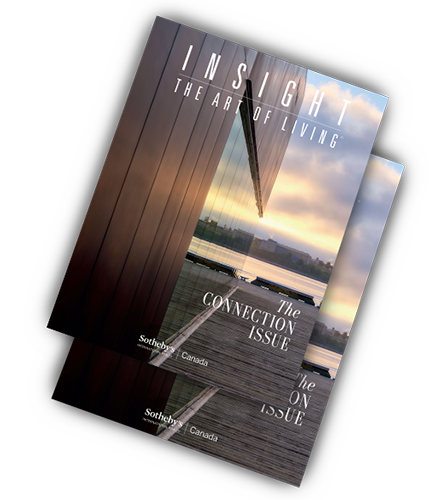Space may not be the final frontier for architect Marianne McKenna, but it sure is something to be reckoned with. As the founding partner of Toronto-based KPMB Architects, McKenna has won awards, including the Officer of the Order of Canada, for designs that foster community and encourage a sense of belonging. Recent projects include the revitalized Massey Hall and Park Hyatt Toronto, and her firm is at work on a new performance space in Calgary. Architecture for a post-pandemic world, McKenna says, will need to consider distance and proximity, interaction and community, and movement and storytelling — all with an eye to providing proactive solutions to the challenges presented by the climate crisis and issues of diversity, equity and inclusion. We asked her what that scenario might look like.
How do you approach the concept of proximity?
Proximity is a real factor. No building stands alone in its environment, whether urban or landscape. And every piece of architecture must connect to place, drawing out the best of the environment, healing and restoring, and adding back to its context. The Royal Conservatory [in Toronto] was the inspiration to restore Philosopher’s Walk and, in turn, the lobbies make that pedestrian green route through the University of Toronto campus rich and welcoming. And other KPMB projects —like the Gardiner Museum, the Rotman School [of Management] and the National Ballet School — each extend well beyond the built fabric and their property lines to contribute to the context around them.
Are there hard and fast rules for designing spaces where people will gather?
No hard and fast rules. In fact, we are looking to break with the “hard and fast” and innovate around the wealth of rich historic precedents to create wonderful contemporary responses. There are types of spaces that really do work to bring people together, like atriums that have spatial quality and are generous, and well-proportioned spaces with abundant natural light and views that connect to nature. Spaces with a well-choreographed flow that encourages easy interaction. Spaces where you can perch comfortably with great views — and have an espresso!
What might post-pandemic architecture look like?
There will be reverberations that include allowing for comfortable distancing, but most of all, I think the pandemic has made us aware of our most vulnerable populations and the need for inclusion. Post-pandemic space will focus on breaking down the thresholds of location, economic barriers, and the perceptual barrier of “Do I belong here?”
By Dick Snyder – *This article originally appeared in INSIGHT: The Art of Living | Fall 2022.



